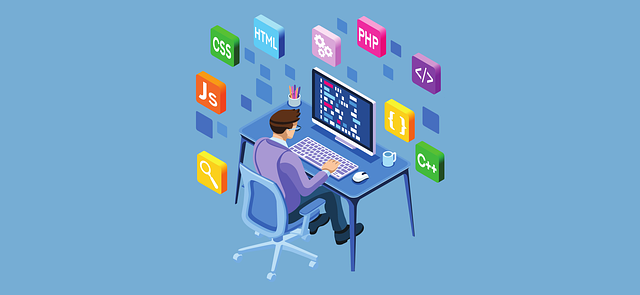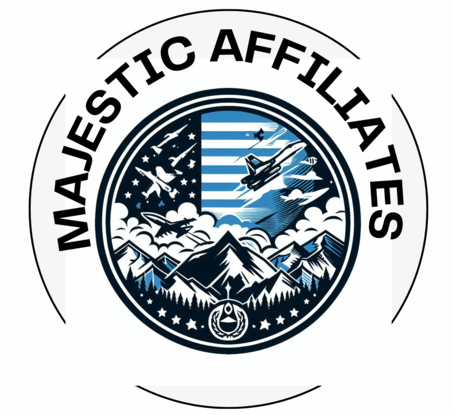AI tools are increasingly transforming industries, enabling tasks from data analysis to creative generation, natural language processing, and workflow automation. Here’s a look at some of the most popular AI tools in use today and how they’re enhancing productivity and innovation.

1. ChatGPT by OpenAI – Best for Conversational AI
- Overview: OpenAI’s ChatGPT is one of the leading AI tools for natural language processing, used for answering questions, generating content, and providing virtual assistance.
- Key Features: Human-like conversation, text generation, and customer service enhancement.
- Common Uses: Customer support automation, text-based content generation, and chatbots for websites.
2. TensorFlow by Google – Best for Machine Learning Development
- Overview: TensorFlow is an open-source machine learning platform popular among developers and researchers for building and deploying ML models.
- Key Features: Supports neural networks, extensive ML libraries, and a highly customizable environment.
- Common Uses: Building predictive models, image recognition, and deep learning research.
3. IBM Watson – Best for Business Intelligence and Data Analysis
- Overview: IBM Watson offers AI-powered business solutions, including Watson Assistant, Watson Discovery, and Watson Machine Learning.
- Key Features: Natural language understanding, data visualization, and real-time analytics.
- Common Uses: Enhancing customer experience, fraud detection, and data-driven decision-making in business.
4. Google Cloud AI – Best for Cloud-Based AI Solutions
- Overview: Google Cloud AI offers machine learning, vision, translation, and NLP solutions directly through Google’s cloud platform.
- Key Features: Scalable cloud-based AI, integration with Google services, and pre-trained models for fast deployment.
- Common Uses: Data processing in large businesses, language translation, and automated customer insights.
5. Microsoft Azure AI – Best for Enterprise Solutions
- Overview: Microsoft Azure AI includes services like Azure Cognitive Services, Machine Learning Studio, and Azure Bot Service for business and enterprise solutions.
- Key Features: Scalable ML and NLP, language processing, and easy-to-use drag-and-drop tools.
- Common Uses: Enterprise applications, cloud-based automation, and business insights.
6. Salesforce Einstein – Best for CRM and Customer Insights
- Overview: Salesforce Einstein is an AI layer integrated into Salesforce’s CRM platform, assisting businesses in understanding customer behavior and improving sales strategies.
- Key Features: Predictive analytics, automated data entry, and customer behavior insights.
- Common Uses: Personalized customer experience, lead scoring, and predictive sales forecasting.
7. H2O.ai – Best for Open-Source Machine Learning
- Overview: H2O.ai provides open-source software for big data analysis and predictive analytics, supporting both Python and R.
- Key Features: Extensive ML algorithms, AutoML functionality, and integration with multiple languages.
- Common Uses: Predictive analytics, fraud detection, and automating machine learning tasks in data-driven organizations.
8. Canva’s AI Tools – Best for Graphic Design Automation
- Overview: Canva’s AI-powered tools, including text-to-image and automatic background removal, are widely used for design and social media graphics.
- Key Features: User-friendly interface, templates, and AI-powered graphic suggestions.
- Common Uses: Creating social media graphics, business presentations, and marketing content.
9. Grammarly – Best for Writing and Editing Assistance
- Overview: Grammarly uses AI to offer suggestions for grammar, clarity, and style, widely used by writers, students, and professionals.
- Key Features: Spelling and grammar check, tone suggestions, and readability enhancement.
- Common Uses: Improving business communications, academic writing, and content creation.
10. DALL-E 2 by OpenAI – Best for Creative Image Generation
- Overview: DALL-E 2 generates images based on text prompts, making it a popular tool for artists, marketers, and content creators.
- Key Features: Text-to-image functionality, customization, and versatility for artistic creation.
- Common Uses: Graphic design, digital art, and content generation for social media.
11. Adobe Sensei – Best for AI-Powered Design Tools
- Overview: Adobe Sensei integrates AI into Adobe’s creative tools, providing capabilities like image recognition, object removal, and predictive editing.
- Key Features: AI-driven editing, content suggestions, and customizable templates.
- Common Uses: Streamlining creative workflows, enhancing visual content, and automated editing.
12. Zoho AI – Best for Business Productivity
- Overview: Zoho AI offers AI tools for sales, marketing, and analytics, integrated within the Zoho suite for streamlined business management.
- Key Features: Lead prediction, customer sentiment analysis, and data insights.
- Common Uses: Customer relationship management, business analytics, and productivity enhancement.
13. Tesseract OCR – Best for Optical Character Recognition
- Overview: Tesseract OCR is an open-source AI tool that extracts text from images and scanned documents.
- Key Features: Text recognition, multi-language support, and integration options with other platforms.
- Common Uses: Converting physical documents to digital, indexing images, and making scanned text searchable.
Conclusion: Selecting the Right AI Tool
With so many popular AI tools available, choosing the right one depends on specific needs, whether it’s content creation, business insights, machine learning, or design automation. Each tool offers unique advantages to enhance efficiency, productivity, and innovation across various fields.
This guide provides a concise look at each tool’s functionalities, allowing readers to select the one best suited to their goals.
